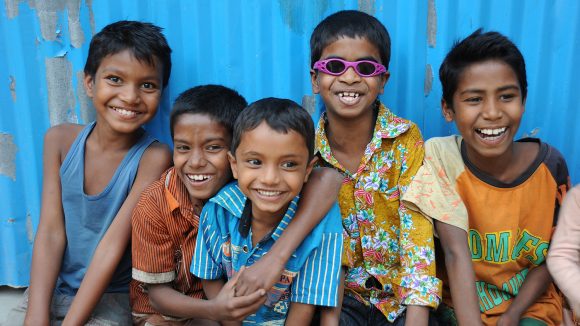Paediatric eye care services in Bangladesh
Childhood blindness affects an estimated 40,000 children in Bangladesh. An estimated 36 per cent of these cases are treatable (primarily caused by cataracts) and 32 per cent are preventable.
Ophthalmologists are not available in all government district hospitals, and paediatric eye care facilities are located only at selected tertiary health facilities in urban centres. In addition, awareness of eye health, and the ability of government community health workers to identify eye problems and refer patients for treatment is low. In April 2016, Sightsavers began implementing a 23-month, $249,000 grant from the USAID Childhood Blindness Programme to provide a solution to childhood blindness in Khulna division.
About the project
The project aimed to:
- improve community awareness and early identification and screening of children with eye health care needs
- support children from poor communities to access quality eye care services and treatment.
The project planned to train 2,330 people (including school teachers, community health workers and medical staff) to identify and refer children with eye problems. An estimated 100,000 children were to be screened and a total of 4,110 children were expected to benefit from treatment. The project also supported families to access services by covering their travel costs and surgical expenses.
In addition, the project sought to improve integration of paediatric eye care with primary health care, boost referral mechanisms, and improve links between existing rehabilitation and education services. The project was implemented in six south-western, mainly rural districts in Khulna division, where an estimated 1.1 million children live in poverty. Eight government and non-governmental organisation (NGO) hospital partners were involved in the project.
Publication date: April 2018
